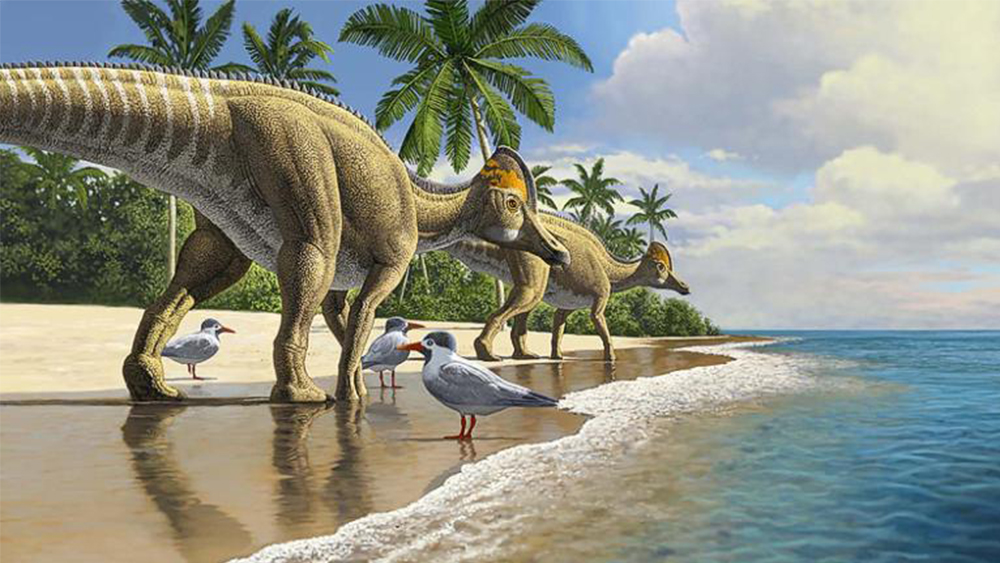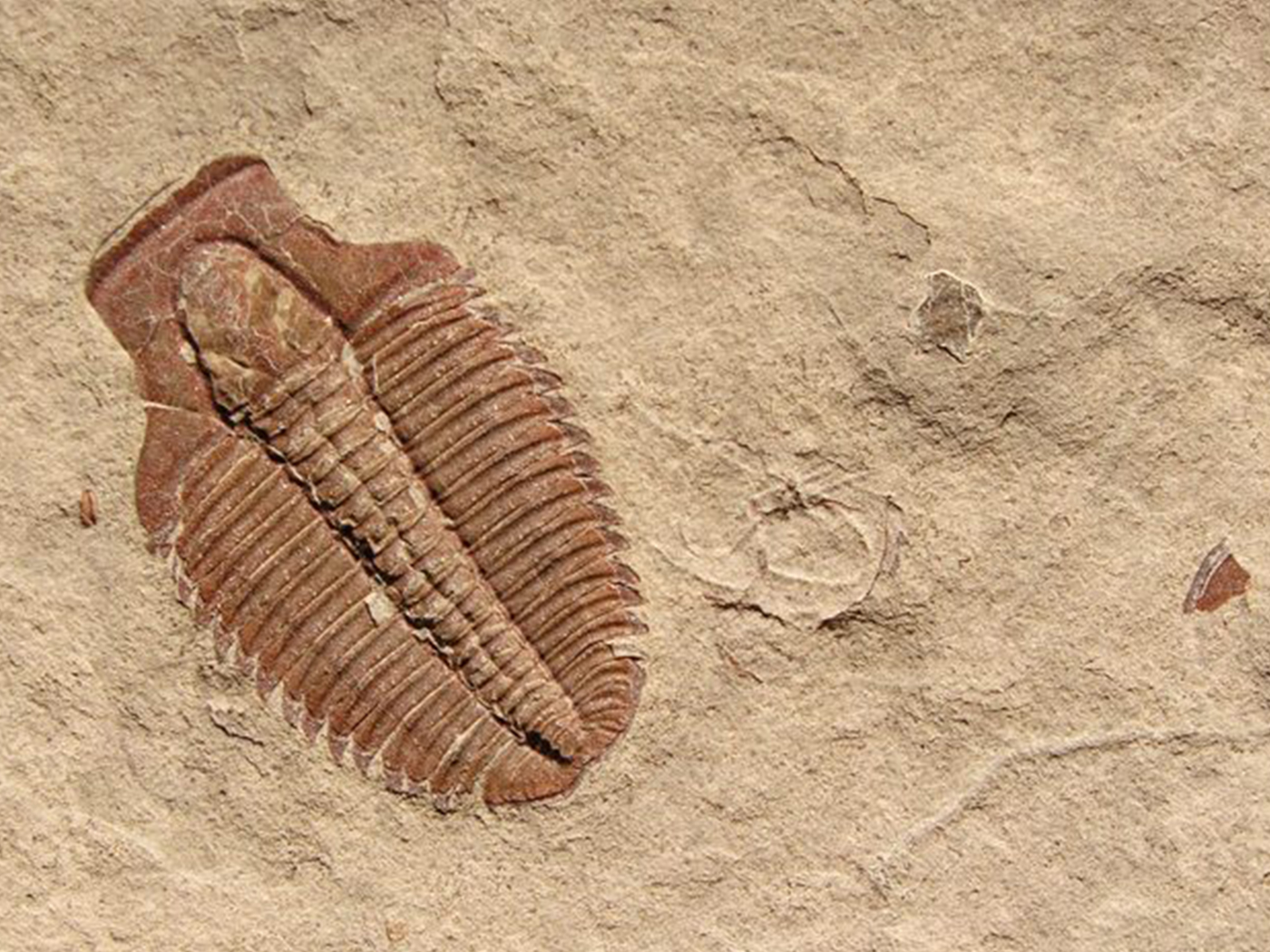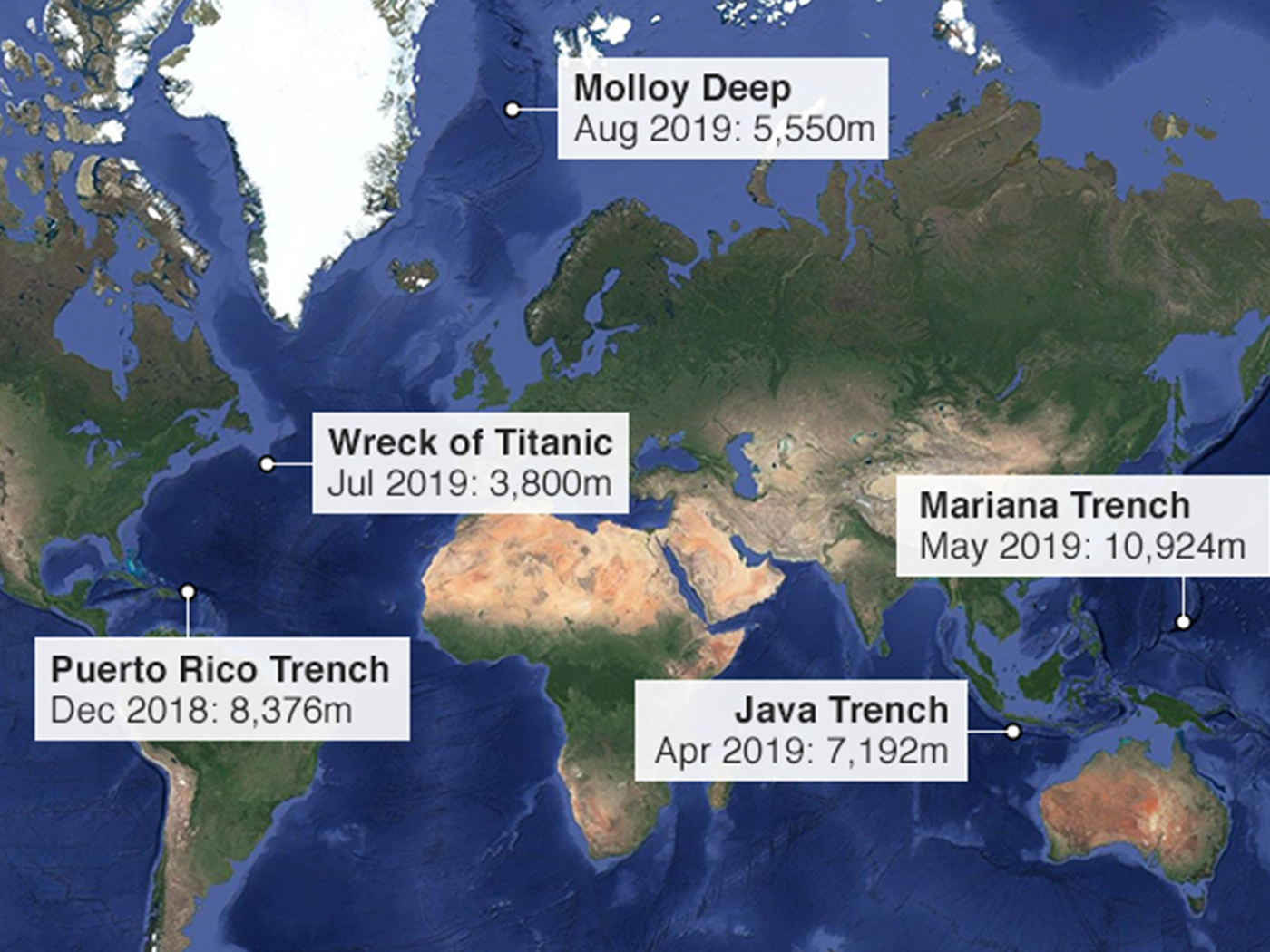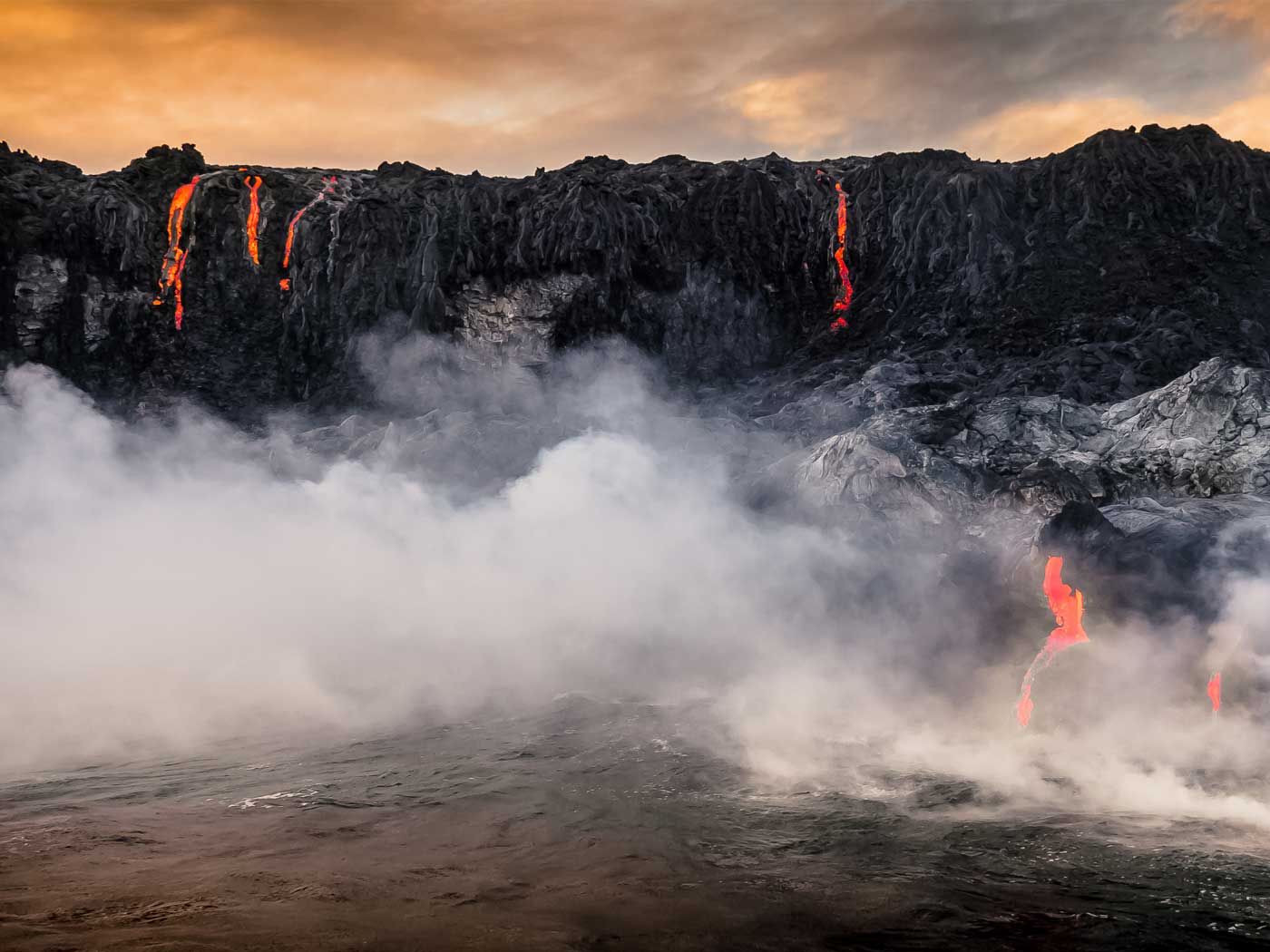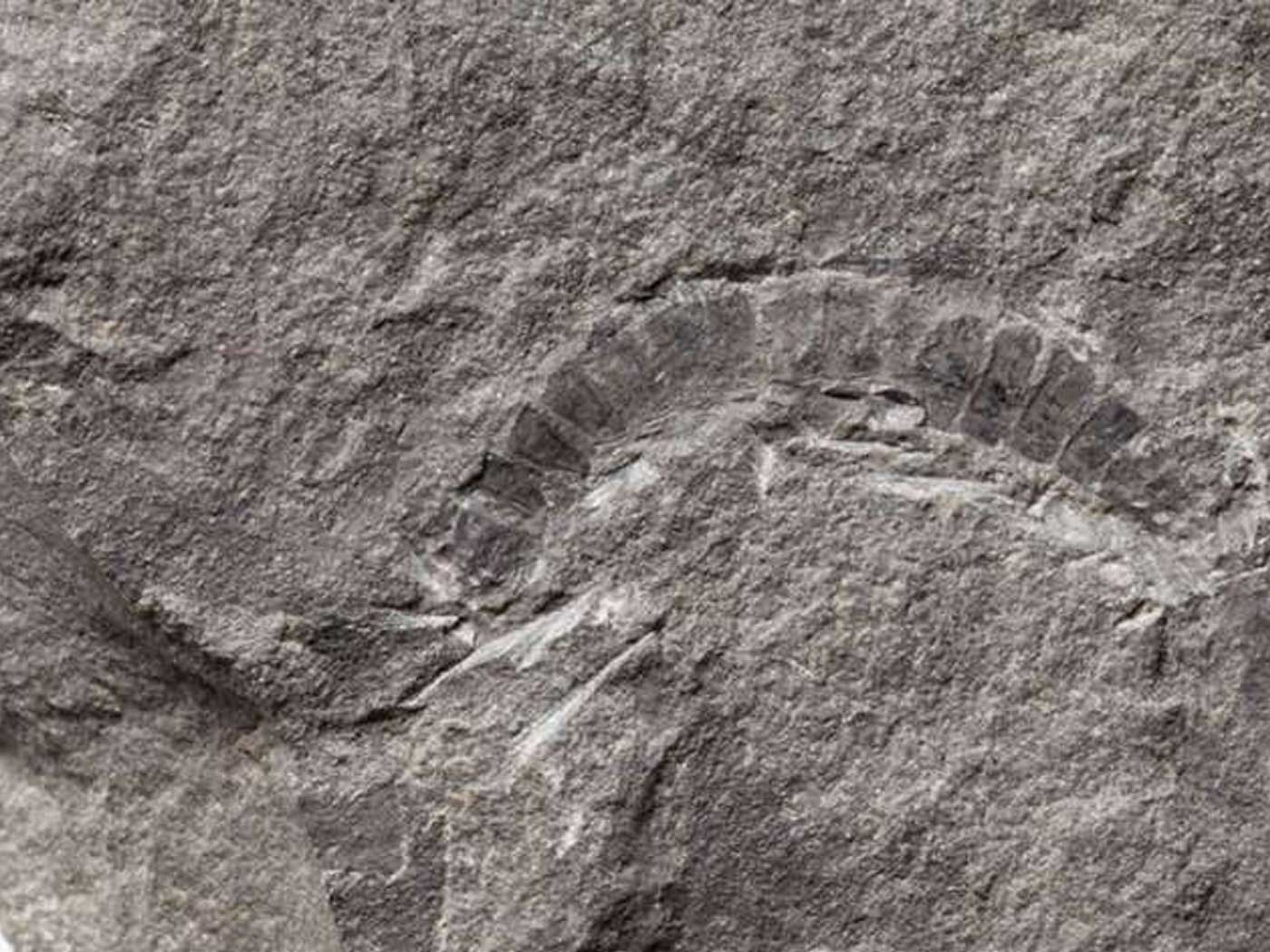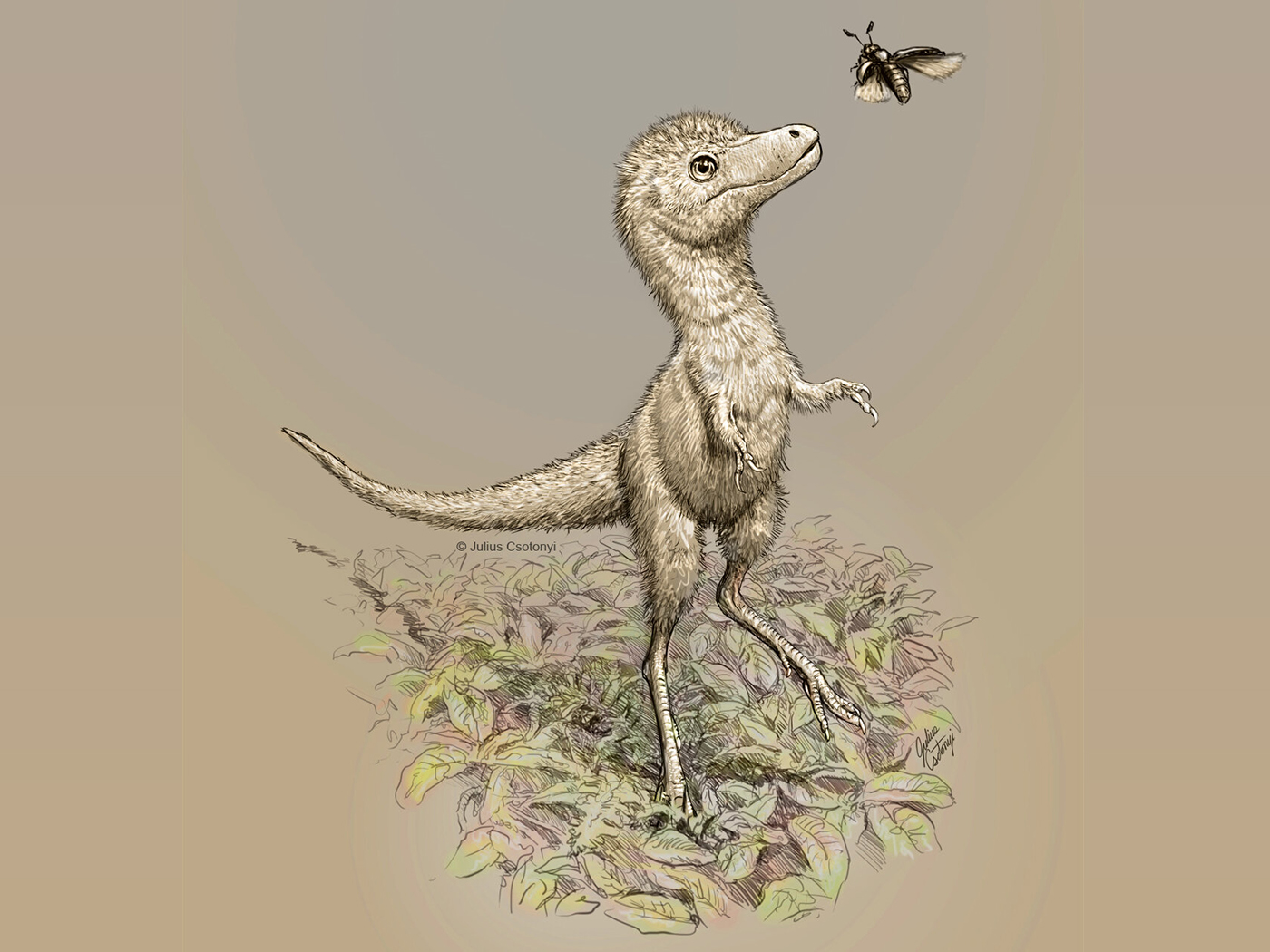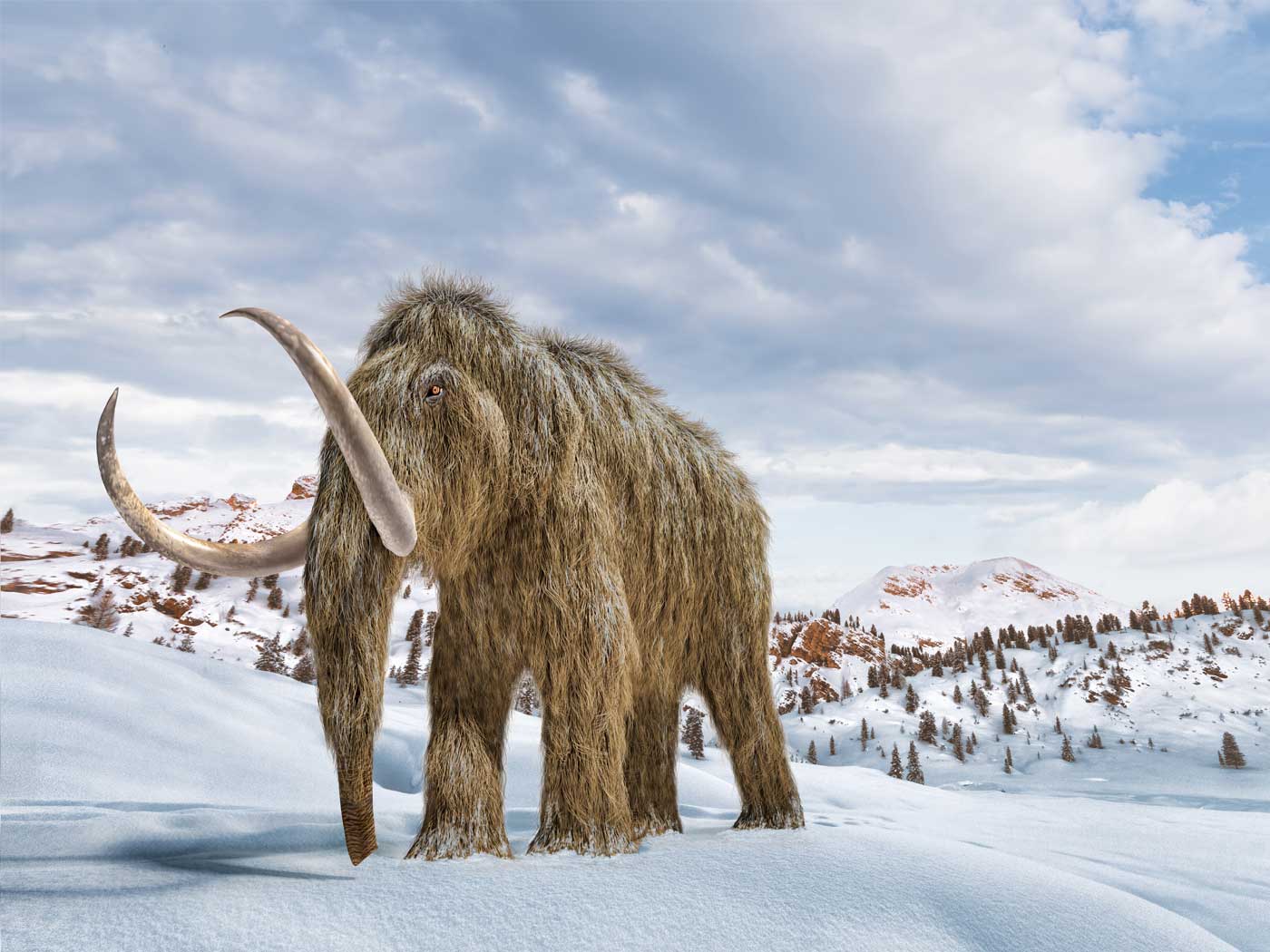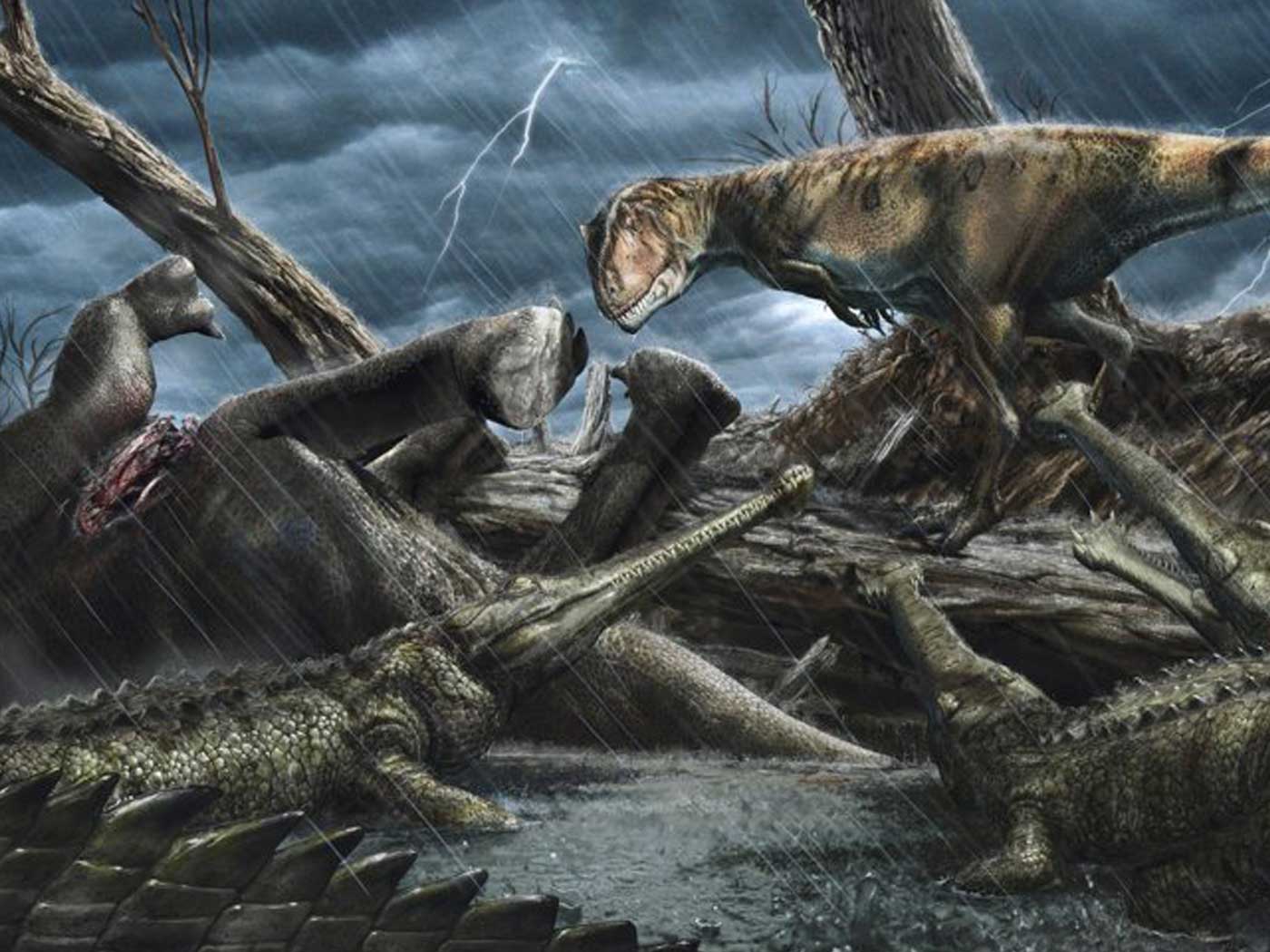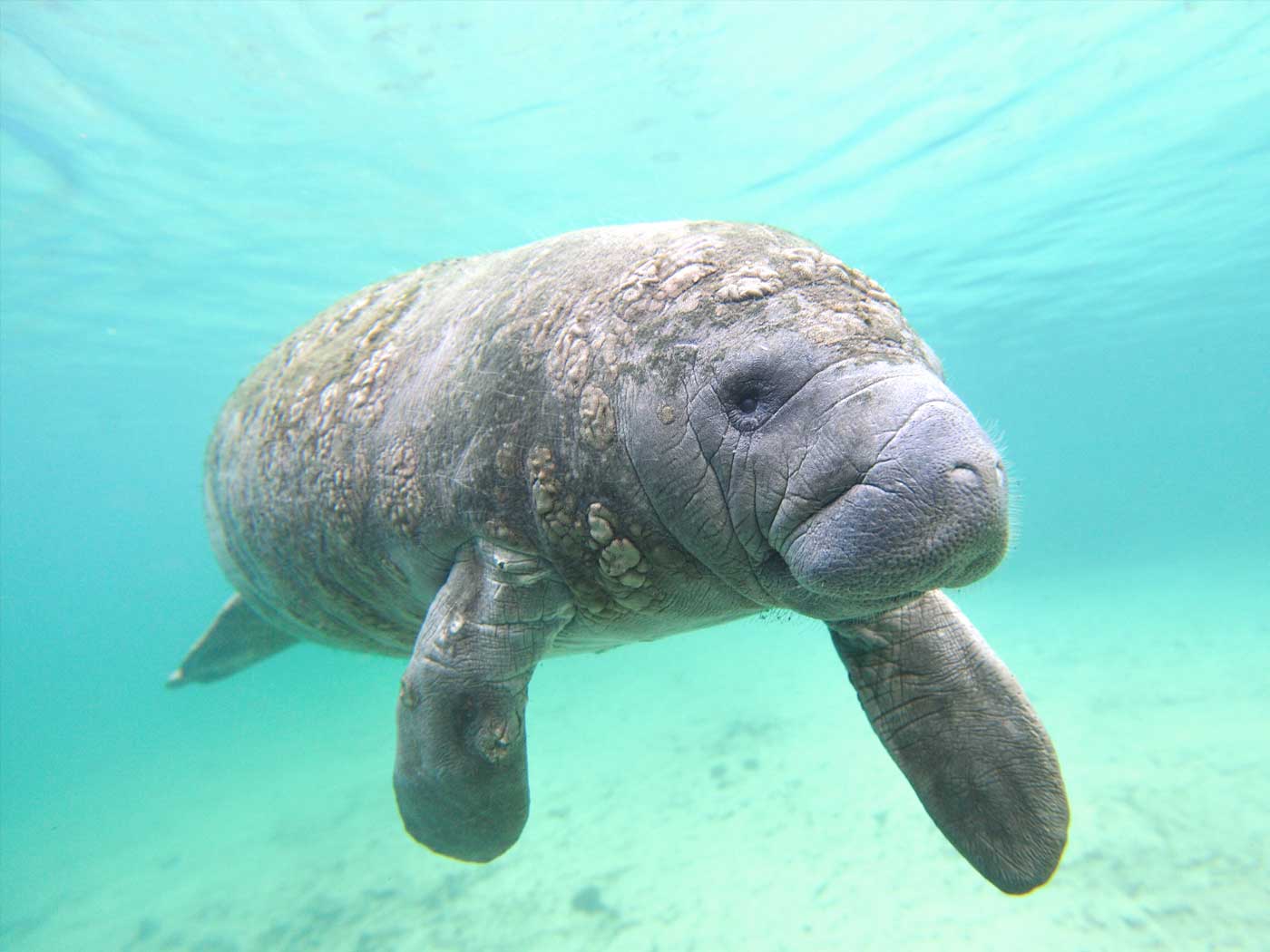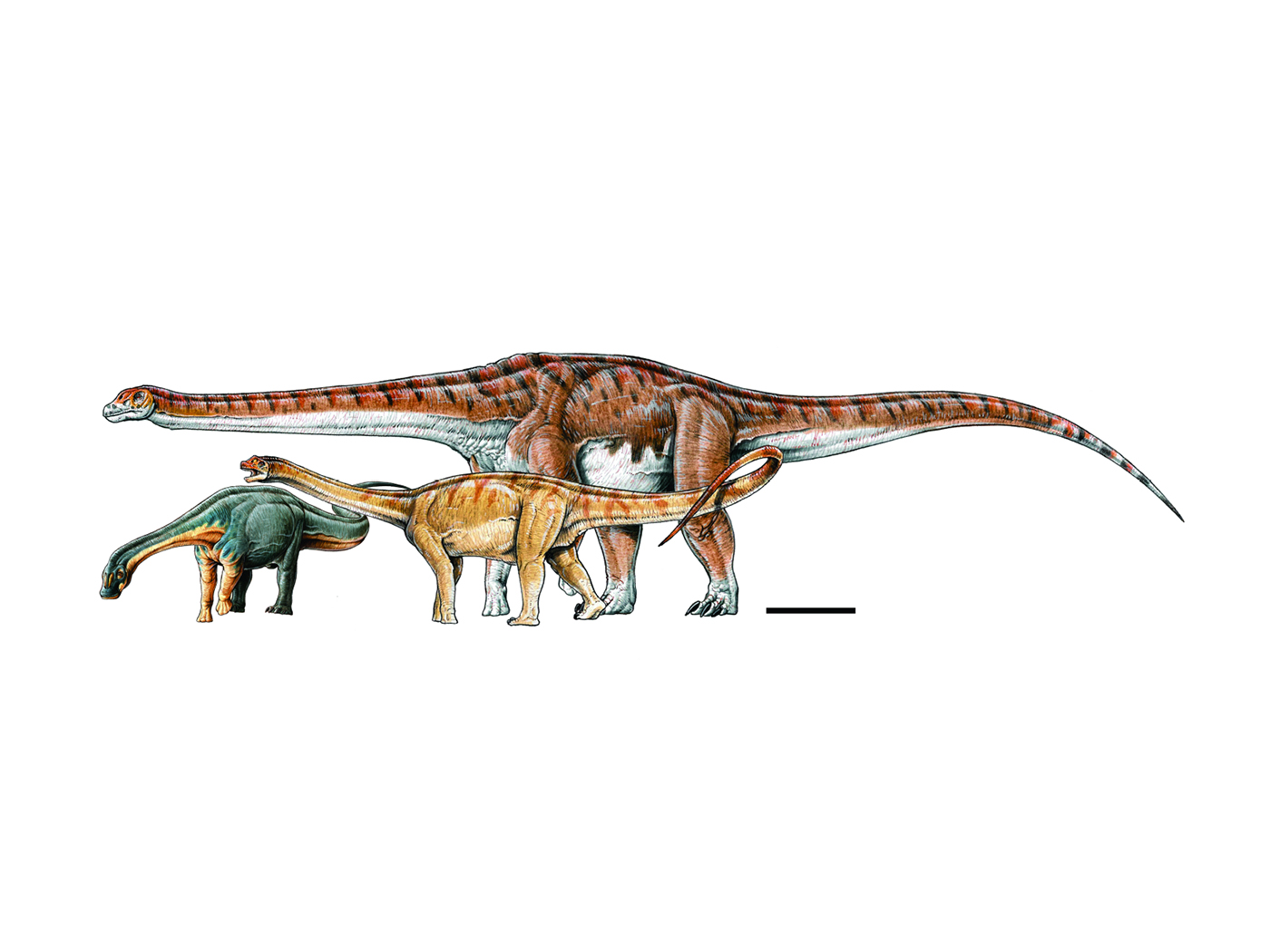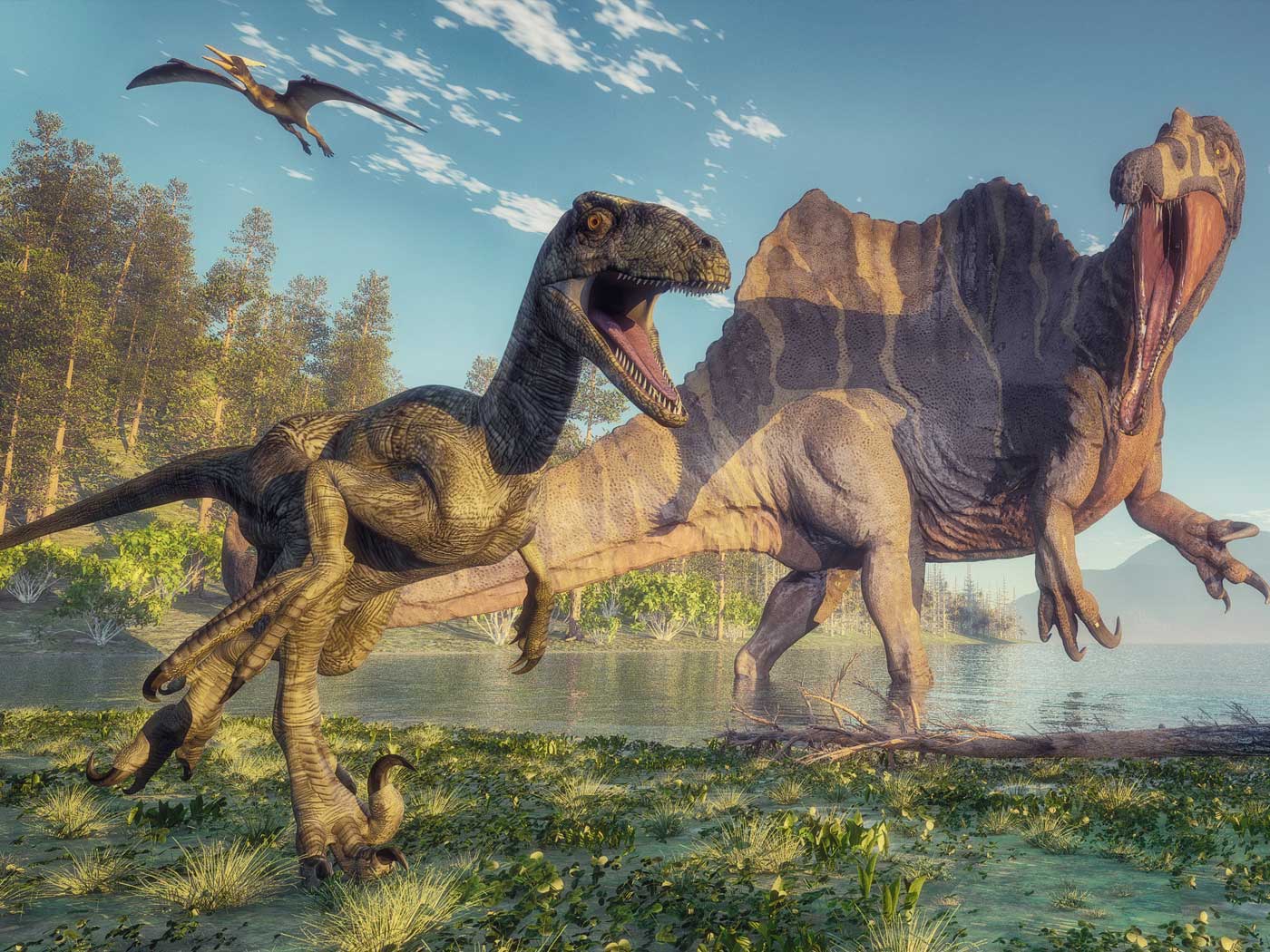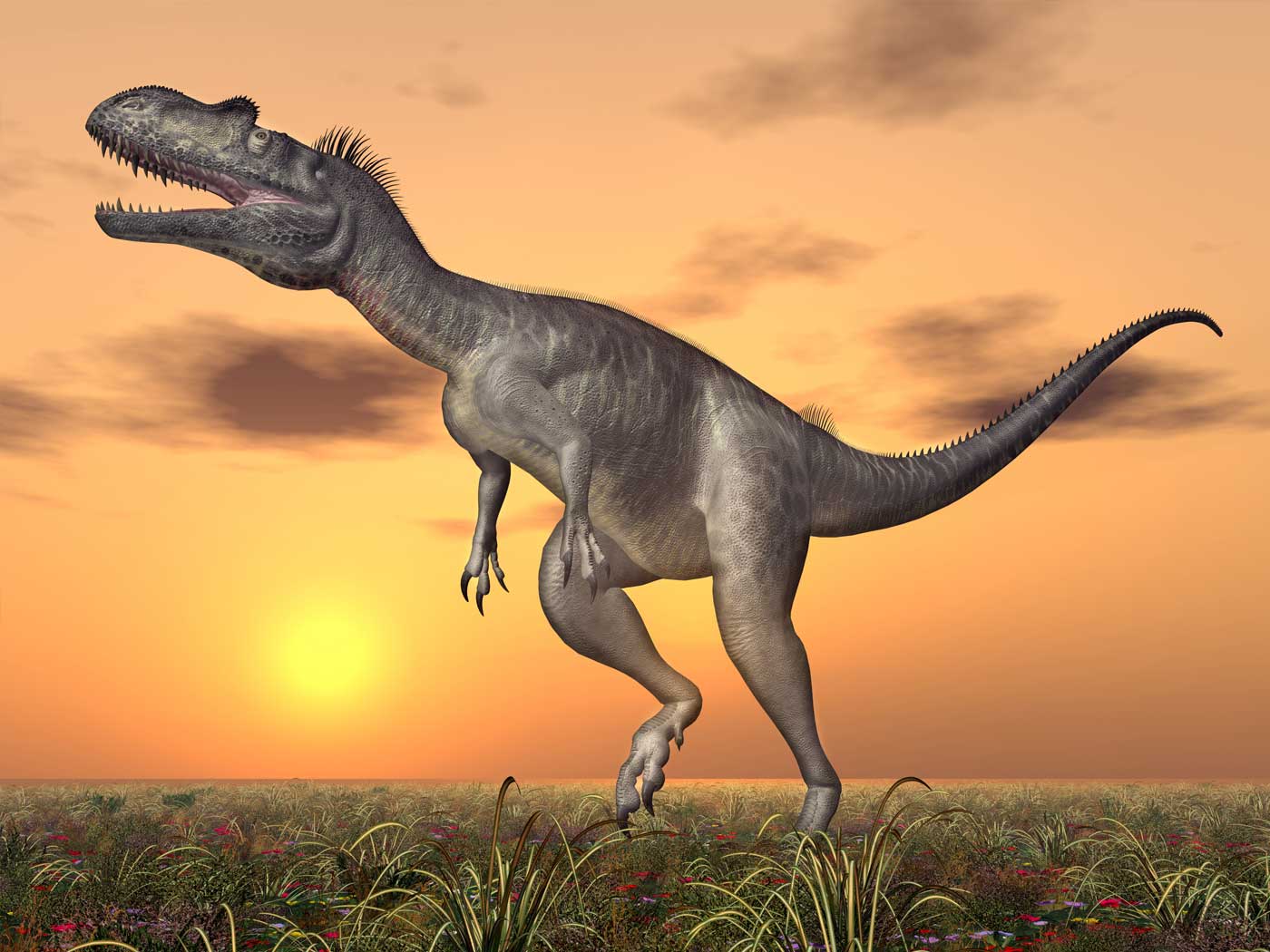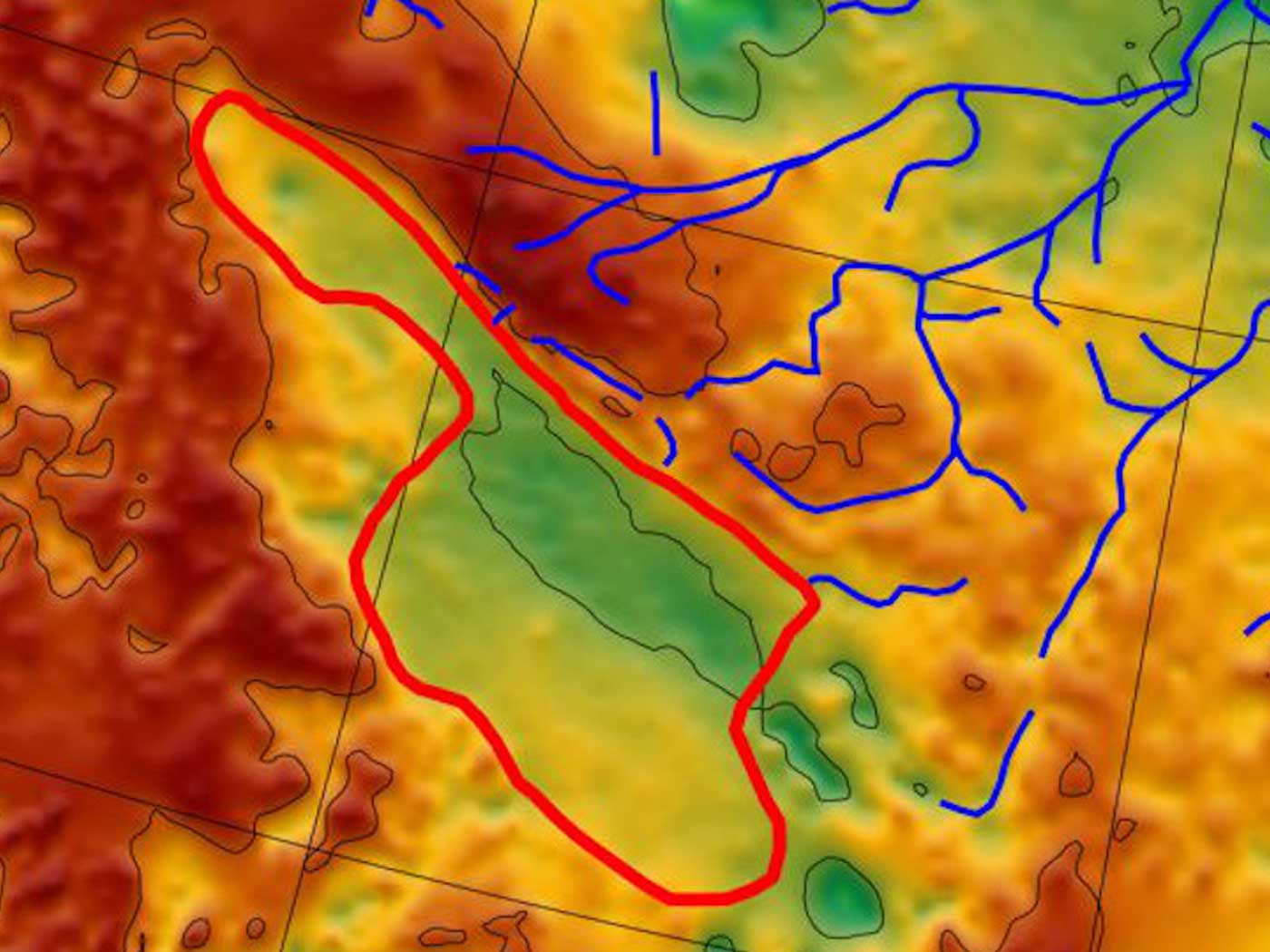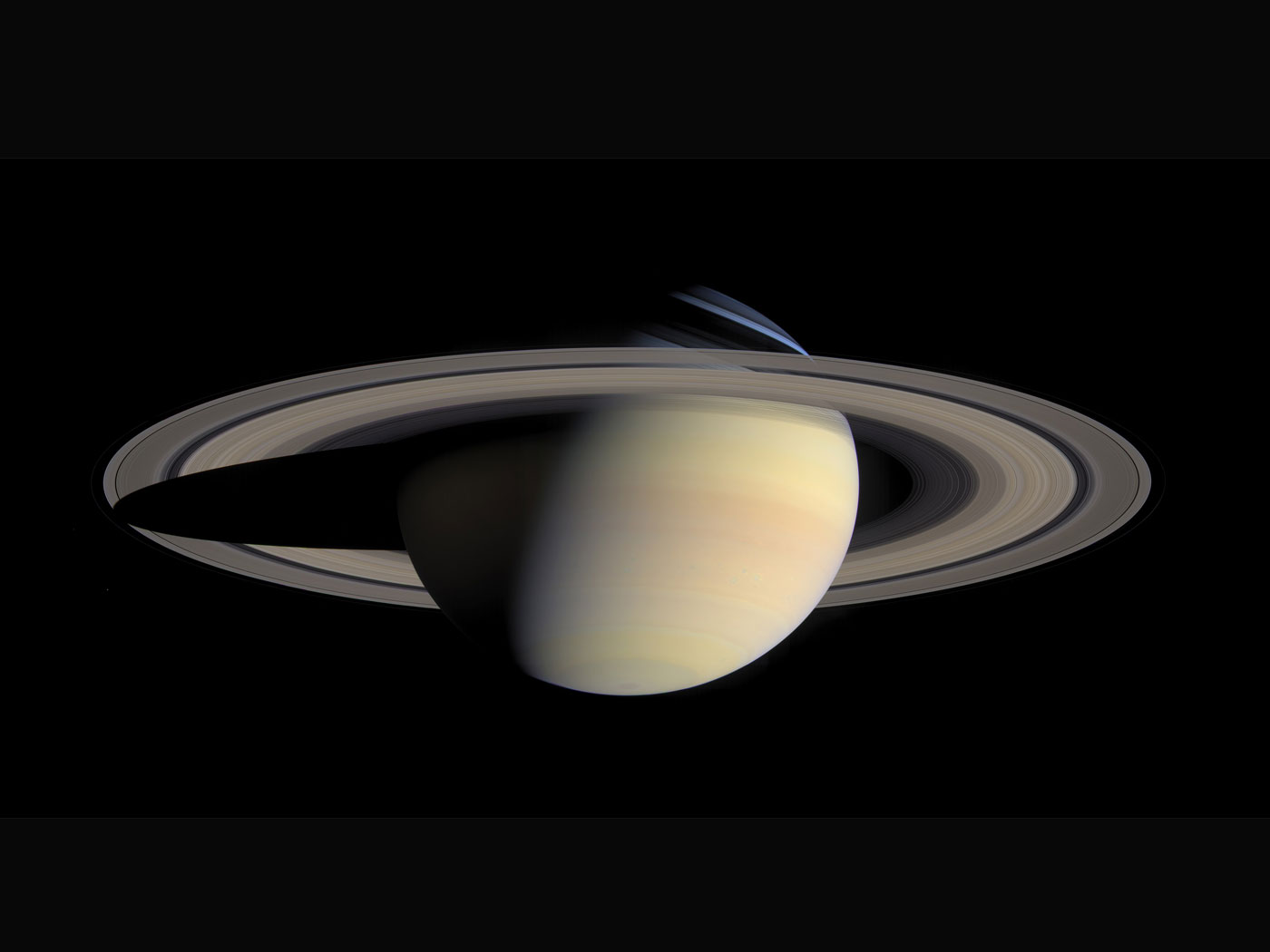The new dinosaur, a member of the Lambeosaurinae subfamily, was discovered in a mine in Morocco in the uppermost Cretaceous System strata. It measured about 10 feet long, which is rather small compared to other hadrosaurs that could reach up to 49 feet.2
Other hadrosaur fossils have been discovered in North America, Europe, and Asia where they are relatively common.1 But until now, lambeosaurs similar to Ajnabia odysseus were found only in Europe.1 Secular scientists believe that the hadrosaur kind dispersed from Asia to Europe and then to Africa.
But, the big question is how? According to uniformitarian scientists, Africa was an isolated island continent at the end of the Cretaceous, with deep oceans for hundreds of miles in every direction.2
CNN quoted Nicholas Longrich, senior lecturer at the Milner Centre for Evolution at the University of Bath, who described the discovery as "about the last thing in the world you would expect.”2
"It was completely out of place, like finding a kangaroo in Scotland. Africa was completely isolated by water—so how did they get there?" Longrich said.2
Locked into uniformitarian thinking, secular scientists have to resort to the near impossible, suggesting that these dinosaurs swam across hundreds of miles of open ocean and/or floated on rafts of debris for weeks or months.2
But did they forget the oceans are filled with salt water? How could any large land animal swim or float across the open sea without a fresh water source or significant food for weeks or longer? And why would a dinosaur swim out to sea or climb on a debris raft without land in sight?
Longrich tried to justify this explanation:
Sherlock Holmes said, “Once you eliminate the impossible, whatever remains, no matter how improbable, must be the truth.” It was impossible to walk to Africa. These dinosaurs evolved long after continental drift split the continents, and we have no evidence of land bridges. The geology tells us Africa was isolated by oceans. If so, the only way to get there is by water.2
Do we need Sherlock Holmes to explain dinosaurs like Ajnabia odysseus in Morocco? Not this time. Genesis provides a much more reasonable solution. Evolutionary scientists deliberately forget that there was a global Flood (2 Peter 3:3-6). Dinosaurs would have been buried swiftly in mud and sand as tsunami-like waves washed across the continents. Often, they were mixed with marine fossils and even buried in marine rocks.3 The continents also split and moved rapidly away from one another during the year-long catastrophe, preserving the fossils of duck-billed dinosaurs on separate continents, including Africa.4
No long-range swimming by hadrosaurs is necessary in this explanation. In fact, the fossils of these dinosaurs demonstrate that they couldn’t swim well enough to escape the rising floodwaters, let alone swim across hundreds of miles of open ocean. Even Sherlock was willing to follow the evidence where it leads. Those who are willing to do the same will see that true science confirms exactly what we read in Genesis. The Flood was the reason for these and nearly all fossils.
Stage image: Rendering of duckbill dinosaurs.
Stage image credit: Raul Martin. Copyright © 2020. Adapted for use in accordance with federal copyright (fair use doctrine) law. Usage by ICR does not imply endorsement of copyright holders.
References
1. Longrich, N.R. et al. 2020. The first duckbill dinosaur (Hadrosauridae: Lambeosaurinae) from Africa and the role of oceanic dispersal in dinosaur biogeography. Cretaceous Research. 104678: ISSN 0195-6671.
2. Woodyatt, A. 2020. New fossil discovery suggests dinosaurs traveled across oceans. CNN. Posted on CNN.com November 5, 2020, accessed November 16, 2020.
3. Clarey, T. 2017. Dinosaur Fossils Found in Marine Rocks...Again. Creation Science Update. Posted on ICR.org May 25, 2017, accessed November 16, 2020.
4. Clarey, T. 2020. Carved in Stone: Geological Evidence of the Worldwide Flood. Dallas, TX: Institute for Creation Research, 282-311.
*Dr. Clarey is Research Associate at the Institute for Creation Research and earned his doctorate in geology from Western Michigan University.




